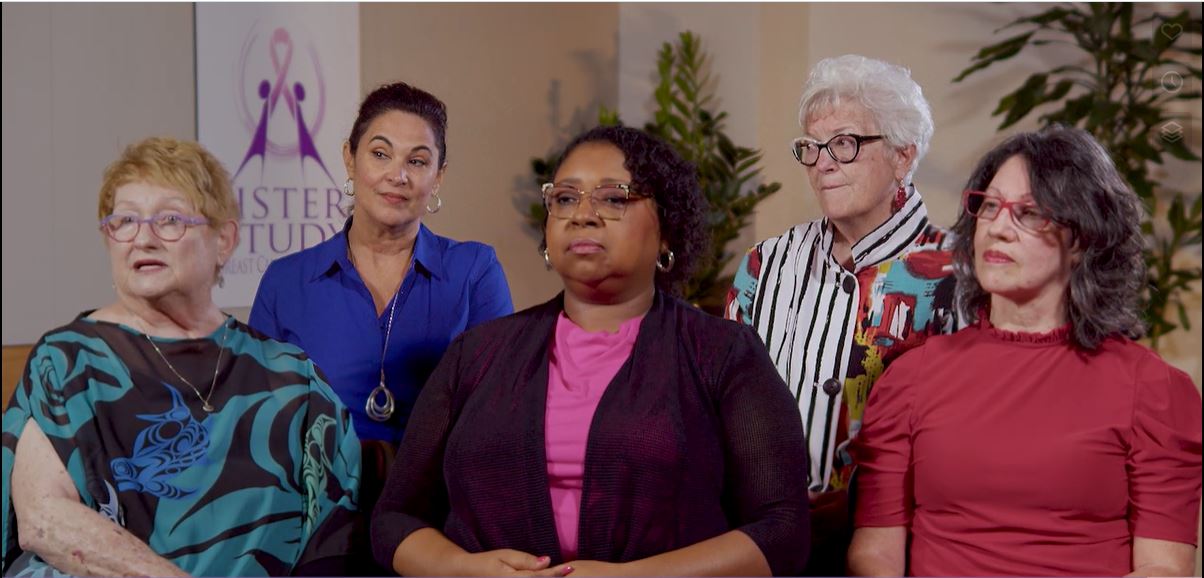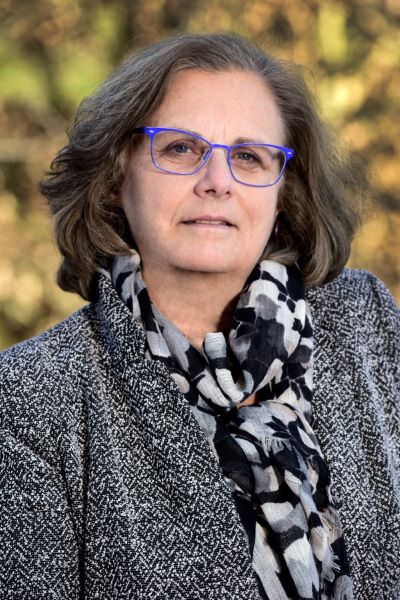
Last updated on December 2nd, 2023 at 03:06 pm
For 20 years, the Sister Study has partnered with more than 50,000 women across the United States to learn about breast cancer risks. The participants are women whose sisters have had breast cancer.
Dale Sandler, Ph.D., principal investigator for the Sister Study, said people with a family history of breast cancer are more likely to develop it themselves. To study this, researchers needed a large group of people with a shared family history but who did not already have breast cancer. Sisters tend to share genes, environments, and experiences, making them good study volunteers. Researchers also wanted the study group to include women from diverse backgrounds, locations, and races or ethnicities.
Once the women enrolled, researchers needed to follow them for a long time. Two decades later, recruiters and participants shared why the study was important to them and their communities.

Dr. Dale Sandler, principal investigator for the Sister Study.
The recruiters
Catherine Andrews was a study recruiter for older adults . Both she and her mother had breast cancer. Andrews discovered that finding women from so many parts of the country was a challenge. Churches, radio stations, sororities, hair shows, nonprofit organizations, and labor unions were important partners for recruiters like Andrews.
“We had to gain the trust of the women—you just don’t walk [up] to women in St. Louis and say, ‘Here we are, accept us,’” she said. “We had to have volunteers from the local communities to help us gain the trust of the women.”
Lourdes Suárez was a recruitment manager and recruiter for Latinas. She said when researchers explained the study’s methods, they received support from community leaders by engaging with them on a personal level.
“[For] some of these communities, same with Black communities and Native communities, there’s this terrible history of taking advantage and not properly treating folks as they should. So those communities, understandably so, are protective,” she said. “Convincing them, really, of giving their endorsement—their okay to go into their communities—makes a difference.”
Mary Quezada was also a recruiter for Latinas. She said to make study recruitment accessible and inclusive, they needed to have Spanish-language resources and recruiters.
“We have a team of bilingual interviewers…and that was very important for these ladies because they were hesitant to be part of it. Because they felt that they might not be understood,” she said. “It’s not only just providing information, but many times they’re telling a story of their lives and their families and how they suffered or overcame the disease, or that it was a struggle.”
Carrissa Dixon was a recruiter for Black women. She also had an older relative with breast cancer. She said being part of the study taught her about clinical research and public health.
“I was a recruiter, but understanding the science of it was also fascinating for me,” she said. “I still think that the effort made by the researchers on this study is different—they were so intentional about making sure that the participants’ experience was comfortable.”
The participants
The Sister Study asks participants questions every year about their health, living environments, and family details. And participants are good about answering! Approximately 90% of women complete their questionnaires each time, which Dr. Sandler said is high for long-term studies.
“Every year that I receive my questionnaires, I answer them happily and send them,” said Cynthia, a Sister Study participant. “I feel that just by answering the questions, I’m helping research so much that I feel happy, and I would like everybody to do the same.”*
Cynthia joined the study because two of her sisters had breast cancer. Her mother, father, and brother also had uterine, prostate, and kidney cancers, respectively. Cynthia herself was one of more than 4,500 people who developed breast cancer after joining the study.
Diana was also one. She joined the study because her sister had breast cancer. Now she thinks about how this research can affect younger people.
“I have daughters, and I know that they have a greater risk,” she said. “This has made them more conscientious about the importance of getting certain types of [screenings] done early on. Possibly even earlier than is usually suggested. And I believe a lot in prevention.”*
Rebecca joined the study because her mother and sister had breast cancer.
“The information that comes out of the Sister Study is so useful, so actionable, so interesting, so engaging, so warm. It’s really effective. It keeps me involved,” she said.
Bonnie not only joined the study; she convinced her sister to join, too. They took part because another sister had breast cancer, but Bonnie said her whole community is affected.
“I have neighbors that have breast cancer, childhood friends that have breast cancer. My sister finally passed away from breast cancer. And I just truly hope that in some way, enough information can be collected to help researchers find a cure for this.”
Find the full interviews and more about the Sister Study at the National Institute of Environmental Health Sciences’ online information hub.
*Translated from Spanish
